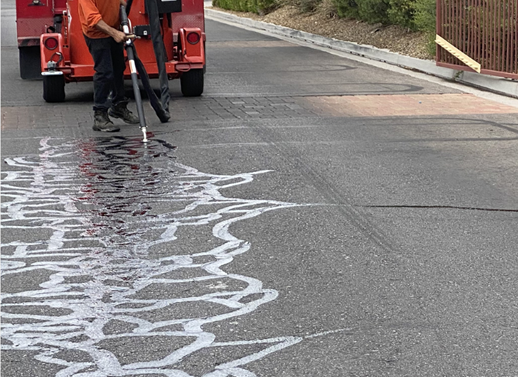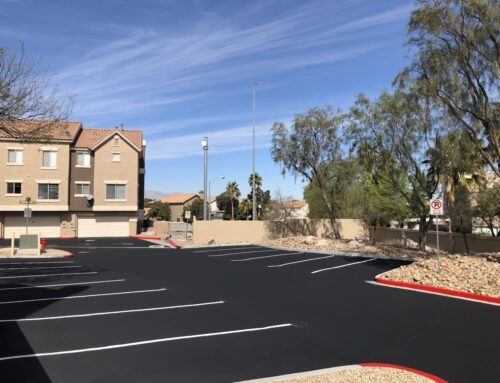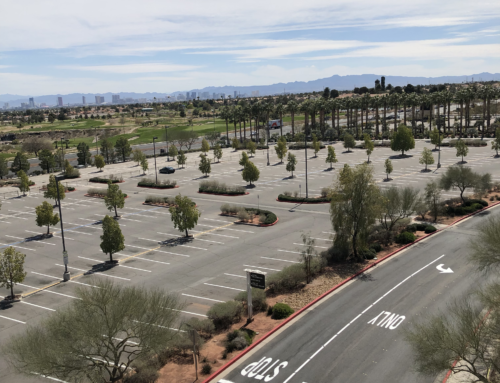Maintaining roads is crucial for safety, longevity, and aesthetics. Two essential maintenance techniques are crack sealing and seal coating. Understanding when and how often to apply these methods can save significant money in the long run and extend the life of your roads. This article delves into the recommended frequencies for crack sealing and seal coating and provides tips for ensuring your roads remain in top condition.
Understanding Crack Sealing and Seal Coating
Before we dive into frequencies, let’s clarify what crack sealing and seal coating entail:
- Crack Sealing: This preventive maintenance technique involves filling cracks in the pavement to prevent water from penetrating and undermining the road structure. It is a cost-effective way to extend the pavement’s lifespan.
- Seal Coating: Seal coating is the application of a protective layer over the entire surface of the pavement. This process protects against UV rays, water damage, and chemical spills, besides rejuvenating the appearance of the road.
How Often to Crack Seal
Crack sealing should be performed as soon as cracks are detected. Early intervention prevents water ingress and minimizes the potential for larger issues. In general, roads should be inspected for cracks annually, and crack sealing should be done as needed based on these inspections. Factors affecting frequency include:
- Climate: In areas with freeze-thaw cycles, cracks develop and worsen more quickly.
- Traffic Volume: High traffic can accelerate pavement degradation.
- Pavement Age: Older pavements may require more frequent maintenance.
How Often to Seal Coat
Seal coating is typically recommended every 2-3 years, depending on various factors:
- Pavement Condition: More frequent seal coating may be necessary for older or more damaged surfaces.
- Weather Exposure: Exposure to harsh sunlight or extreme weather conditions can shorten the effective lifespan of a seal coat.
- Traffic Patterns: Roads with heavy or industrial traffic may need more frequent applications.
Best Practices for Road Maintenance
- Regular Inspections: Conduct thorough inspections of your roads at least once a year to identify potential issues early.
- Quality Materials: Use high-quality sealants and coatings to ensure the best protection and longevity for your pavement.
- Professional Application: Employing experienced professionals for crack sealing and seal coating ensures that the work is done correctly, providing the best results.
Conclusion
Regular maintenance, including timely crack sealing and seal coating, is essential for prolonging the life of your roads and ensuring they remain safe and attractive. By adhering to the recommended frequencies and best practices outlined above, you can protect your investment and keep your roads in excellent condition.





